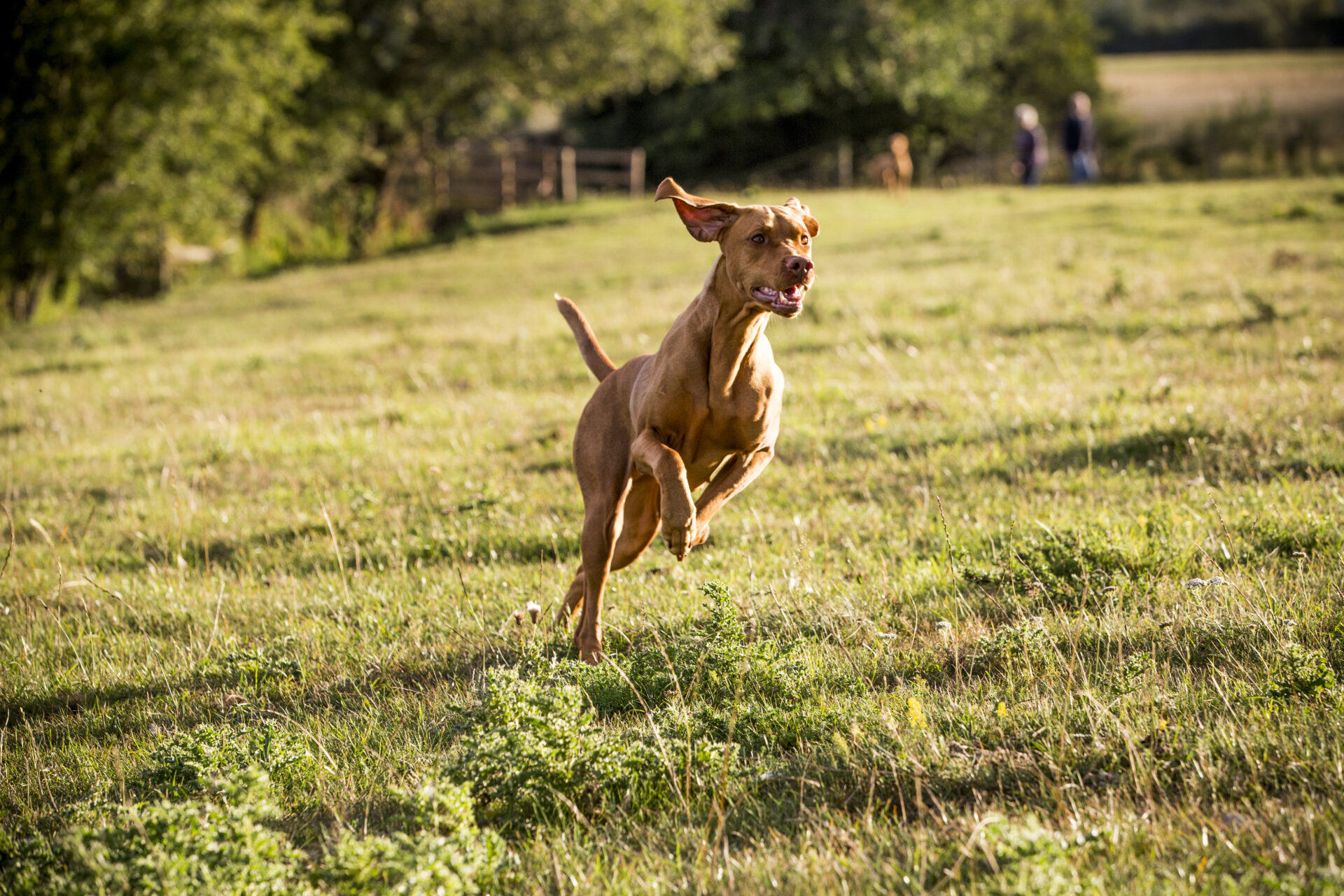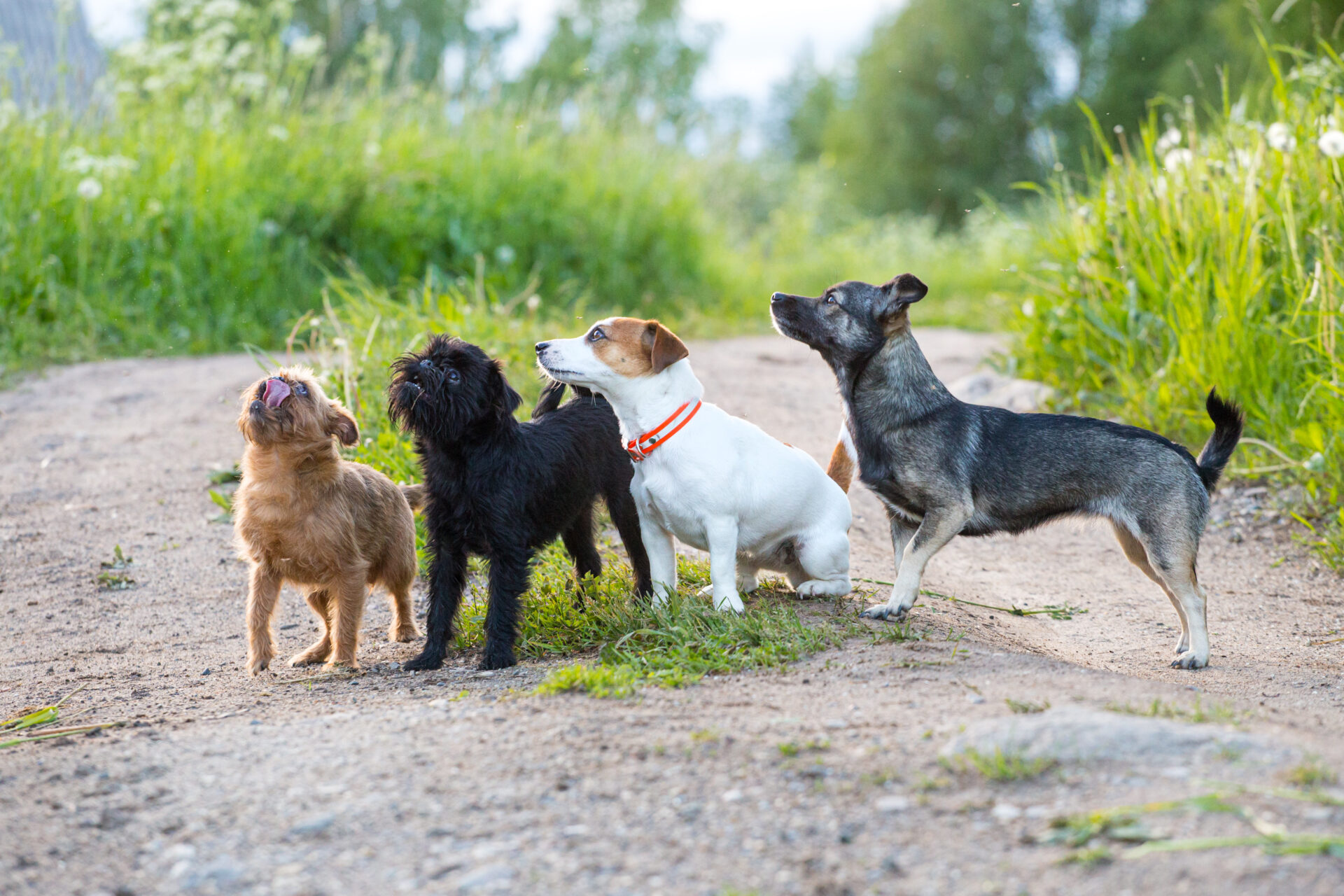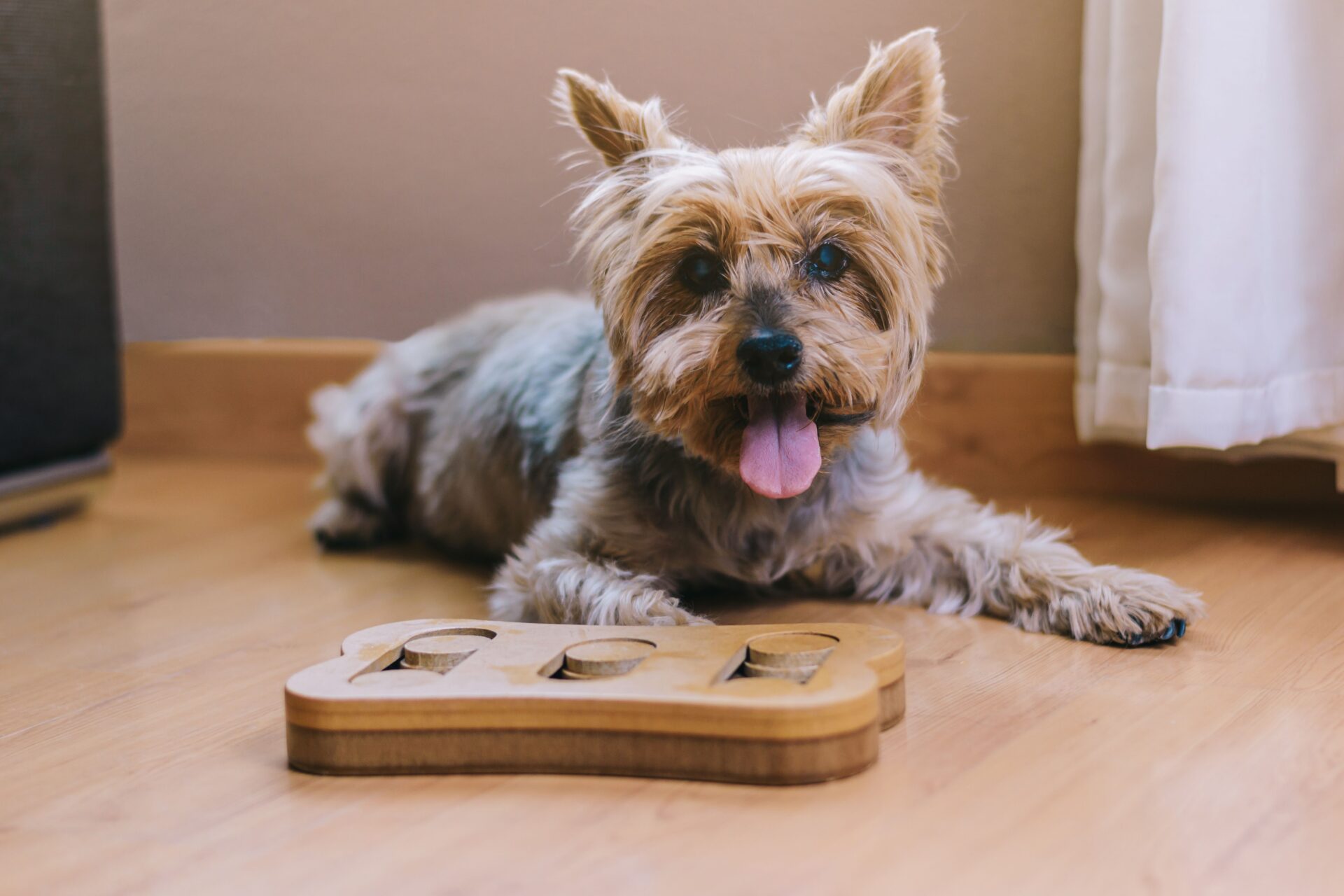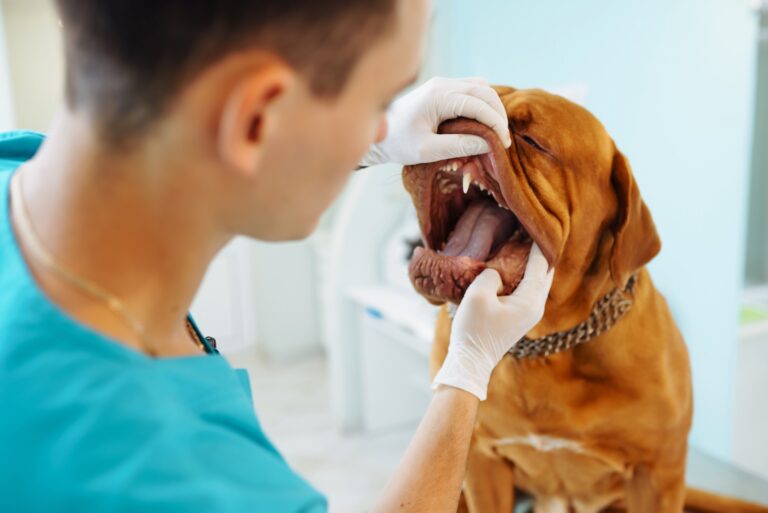Dogs are more than just pets—they’re family. Whether you’re a first-time dog parent or a seasoned pro, keeping your furry friend healthy and happy is a top priority. In this comprehensive guide, we’ll cover everything related to your dog’s health from nutrition to mental stimulation, offering tips to ensure your pup lives their best life.
Some of the links on this page are affiliate links, which means we may earn a commission at no extra cost to you if you make a purchase. As an Amazon Associate I earn from qualifying purchases. We only recommend products we genuinely love and think you’ll find helpful!
The Foundations of Dog Health
To ensure your dog’s well-being, it’s important to focus on the fundamentals of their care: proper nutrition, regular exercise, preventive healthcare, and mental stimulation.

1. Nutrition: Fueling Your Dog’s Body
Your dog’s diet is the cornerstone of their health. A balanced diet tailored to their size, age, and breed is essential.
What Should You Feed Your Dog?
- Commercial Dog Food: Look for high-quality options that list meat as the first ingredient. Avoid foods with excessive fillers like corn or soy.
- Homemade Meals: If you prefer preparing your dog’s food at home, consult a vet or canine nutritionist to ensure balanced meals.
- Raw Diets: Raw diets can be beneficial but require careful planning to avoid nutritional imbalances.
Common Feeding Mistakes to Avoid
- Overfeeding: More than half of dogs in the U.S. are overweight or obese, which can lead to serious health problems.
- Giving Table Scraps: Many human foods, like chocolate, grapes, and onions, are toxic to dogs.
See our full guide: Choosing the Best Food for Your Dog

2. Exercise: Keeping Your Dog Active
Dogs need daily exercise to maintain a healthy weight and prevent boredom.
How Much Exercise Does Your Dog Need?
- Small Breeds: 30-60 minutes per day, often split into shorter sessions.
- Medium to Large Breeds: 60-120 minutes per day, including walking, running, or play.
- High-Energy Breeds: Dogs like Border Collies and Huskies may require even more activity.
Fun Ways to Exercise Your Dog
- Fetch or Frisbee
- Hiking or swimming
- Tug-of-war
- Agility training
Ensuring your dog is active is a cornerstone of their health and happiness.

3. Preventive Healthcare: A Lifelong Commitment
Regular vet check-ups and preventive care are key to catching potential issues early.
Vaccinations and Parasite Prevention
- Keep your dog’s vaccinations up to date, including rabies, distemper, and parvovirus.
- Use flea, tick, and heartworm preventatives as recommended by your vet.
Dental Health
Dental disease affects up to 80% of dogs over the age of three. To keep your dog’s teeth healthy:
- Brush their teeth daily with dog-safe toothpaste.
- Provide dental chews or toys.
Spaying or Neutering
Spaying or neutering can prevent certain health issues and unwanted behaviors while also reducing the number of homeless pets.
Choosing the right veterinarian for your dog is extremely important.
Mental and Emotional Well-Being
Dogs are intelligent, social animals that thrive on mental stimulation and human interaction.

1. Training: Building a Bond
Training isn’t just about teaching tricks—it’s about building trust and communication between you and your dog.
Basic Commands Every Dog Should Know:
- Sit
- Stay
- Come
- Leave it
- Heel
The Benefits of Training
- Improves safety (e.g., reliable recall during walks)
- Reduces problem behaviors like jumping or barking
- Strengthens your bond with your dog

2. Socialization: Raising a Confident Pup
Socialization involves exposing your dog to a variety of people, animals, and environments in a positive way.
Why Socialization is Important
- Prevents fear and aggression toward unfamiliar situations
- Builds confidence in new environments
- Helps your dog become a well-mannered companion
Tips for Proper Socialization
- Start early, ideally during puppyhood (but adult dogs can be socialized too!).
- Pair new experiences with treats and praise.
- Take it slow—don’t overwhelm your dog.

3. Mental Stimulation: Keeping Their Mind Sharp
Just like humans, dogs need mental exercise to stay happy and healthy.
How to Stimulate Your Dog’s Mind
- Puzzle Toys: These challenge your dog to work for treats.
- Interactive Games: Hide-and-seek or treasure hunts are great options.
- Training Sessions: Learning new commands or tricks engages your dog’s brain.
Understanding Behavioral Problems
Even the best-behaved dogs can develop bad habits. Understanding why your dog acts out is the first step to correcting the behavior.
1. Separation Anxiety
Dogs with separation anxiety may bark, chew, or have accidents when left alone.
How to Help
- Gradually increase the time they spend alone.
- Provide calming toys or wearables.
- Consider professional help for severe cases.
2. Excessive Barking
Training and desensitization are key if your dog barks too often.
3. Destructive Chewing
Chewing is natural, but destructive chewing can be a sign of boredom or anxiety.
- Provide appropriate chew toys.
- Use deterrent sprays on furniture.
The Power of Routine
Dogs are creatures of habit and thrive on routine. A predictable schedule for meals, walks, and playtime provides security and reduces anxiety.
Conclusion
A Happy Dog = A Happy You
Taking care of a dog is a rewarding journey that requires time, effort, and love. By focusing on their physical and mental well-being, you’ll build a bond with your dog that lasts a lifetime.
So go ahead—give your pup an extra belly rub, plan a long walk, or teach them a fun new trick. After all, there’s nothing better than seeing that tail wag in pure happiness.




